Disney is a world-renowned brand and requires no introduction. This company is an indispensable part of an individual’s life through its TV programs, theme parks, movies, games, and music. However, it is interesting to know how Disney went from a passion project to a multinational giant in a century!
What is Disney?
Founded by Walt Disney and Roy O. Disney on October 16, 1923, Walt Disney is a multinational family entertainment company with headquarters in Burbank, California. This enterprise’s core business segments include Disney Entertainment, Disney Parks, Experiences and Products, and ESPN.
Disney began its journey as a humble cartoon studio and became a household name by introducing the iconic Mickey Mouse in Steamboat Willie in 1928. After the resounding success of the mouse, the company began producing feature-length animated films, television shows, and full-length feature movies.
The year 1955 marked another milestone for the entertainment conglomerate when it welcomed the first Disneyland into the family. Then came live-action feature films, Walt Disney World, The Disney Channel, global expansion, the acquisition of studios like Pixar, and the launch of sports and entertainment channels, like ESPN+ and Disney+.
Disney’s Customer Segmentation
Disney primarily caters to three types of customer segments:
- Children and youngsters: After over nine decades of its introduction, Mickey Mouse and his friends remain a favorite among children and youngsters. Moreover, the brand’s timeless productions and characters make it the ideal stop for children and youngsters to get their entertainment fix.
- Families: Disney promotes family entertainment, and its theme parks, resorts, cruises, vacation experiences, and consumer products are extremely popular among families. In fact, the Magic Kingdom (Walt Disney World), USA, is a leading amusement park and welcomed 17.13 million visitors in 2022 alone.
- Entertainment lovers: Disney isn’t just limited to children and families. It’s incredibly popular among entertainment lovers who love movies, TV shows, and sports.
Disney’s Value Propositions
Disney’s unique value propositions for its customers include the following:
1. Disney entertainment
Disney has an enviable repertoire of entertainment channels. Its global entertainment media and content companies, along with streaming, include The Walt Disney Studios, Walt Disney Animation Studios, Pixar Animation Studios, Marvel Studios, ABC Entertainment, Hulu, National Geographic, Hotstar, and more.
2. ESPN
Disney owns ESPN networks, including the brand’s international sports channels, and launched ESPN+ in April 2018.
3. Disney Parks, Experiences and Products
Disney’s lovable characters, imaginative stories, and franchises have allowed it to offer its avid consumers one-of-a-kind theme parks, resorts and spas, adventures, vacation clubs, and cruises. Its range of consumer products includes toys, clothes, books, music, and video games.
Who are the Key Partners of Disney?
Disney’s goal is to entertain, educate, and encourage individuals to let their imaginations run wild. Its key partners include:
- Artists: The company partners with varied artists globally to present out-of-the-box shows and products and keep the magic alive.
- Suppliers: A dependable network of suppliers helps make company-related merchandise and other products available to the general public.
- Investors: Walt Disney Productions went public in 1940 and, since then, has enjoyed unequivocal support from its numerous investors.
- Marketing partners: They help ensure Disney’s magic never dims.
- Affiliates: Disney collaborates with affiliates through its shop Disney.com’s affiliate program. The affiliates help drive traffic to the website for a commission and increase its merchandise sales. The company has partnered with Commission Junction to make the commission part easier while it handles the ordering, billing, and logistics.
- Movie companies and advertisers: They distribute the company’s movies and shows digitally.
- Developers and IT partners: Technology partners ensure Disney’s many entertainment channels function without glitches.
- Community partners: Disney is known to partner with community organizations and generously donate money to support various humanitarian causes. For instance, it recently donated $2 million in lieu of terrorist attacks in Israel. Moreover, it runs a Disney Matching Gift program wherein it matches its employee’s donations to eligible charity organizations up to $25,000.
Similarly, Disney pa
-
rtnered with the Make-A-Wish® charity to celebrate its 100th anniversary. It commemorated this partnership by donating $1 million and continues to work closely with the initiative to raise funds and awareness.
What are Disney’s Key Resources?
Disney’s key resources include:
- Disney’s physical presence through its theme parks and resorts around the globe.
- User-friendly websites and entertainment resources.
- Patents, copyrights, and trademarks to protect all intellectual property.
- A dependable brand name that allows it to break into new markets with ease.
- Profitable partnerships with media networks.
- An enviable brand portfolio and affiliate relationships.
- Disney’s ecosystem of employees and other human resources.
What are Disney’s Channels?
Disney uses multiple channels to reach customers globally, including its website, TV channels, affiliate programs, subsidiaries, parks, resorts, online shops, cruise lines, and on-demand streaming services like Disney+ and ESPN+.
Additionally, the international brand is active on multiple social channels—Facebook, X (formerly Twitter ), Instagram, and YouTube—and leverages them to connect with its existing customers and acquire new ones globally.
How Does Disney Maintain Customer Relationships?
Disney customers can go through the Guest Support page to resolve most of their queries related to shopDisney. The offerings including return policy, product inquiry, gift cards, accessibility, shipping and delivery, gifting options, sales price adjustment, how to apply online for Disney Visa card, payment-related concerns, discounts and promotions, questions about rewards card, careers, and order cancellation.
They can also reach out to customer support executives by choosing their request type and submitting their concerns with the relevant details, such as email address and inquiry details.
Alternatively, US customers can call (800) 328-0368, whereas outside US consumers can call 001 (407) 827-7044 from Monday to Friday between 7 AM and 11 PM CST, Saturday from 8 AM to 4:30 PM CST, and Sunday between 12 PM and 8:30 PM CST.
Moreover, team members are available throughout Disney’s physical locations to assist all visitors.
What is Disney’s Cost Structure?
Disney incurred a total expenditure of over $78 billion for the year ended October 1, 2022. It spent nearly $76 billion on costs and expenses, $237 million on restructuring and impairment, $1.4 billion on interest expense, and $667 million on other expenses.
How Does Disney Make Money?
Disney reported a revenue of $82.7 billion for the year ended October 1, 2022. Its net income for the 2021-2022 fiscal year was $3.2 billion. However, how does The Walt Disney Company make money? Which streams does it earn revenue from? Let’s find out.

Disney’s revenue streams can be categorized into five sections:
1. Theme parks, resorts, cruises, and adventures
Millions visit Disney’s various theme parks annually to meet Mickey, his friends, and other Disney characters in real life. The company earns a significant portion of its revenue from the sale of admission tickets to its parks and adventures. Income from the sale of rooms in its various resorts, cruises, and other vacations is an added bonus.
Further, the sale of merchandise, toys, and other consumer products at parks and related experiences supplement Disney’s income. The food stalls, restaurants, candy stores, and Disney-themed food and beverage sources generate a pretty penny for this conglomerate. It also earns royalties from the licensing of intellectual properties.
2. Cable networks
Disney’s repertoire of cable networks—national and international—account for a significant portion of its revenue. Its list includes the homegrown Disney channel and network along with acquired networks like National Geographic, ESPN, ABC broadcast television network, and eight other domestic TV channels. It also owns a 50% stake in A+E Television Networks.
3. Subscription and advertising
Disney owns and operates multiple streaming services on a global scale, including Disney+, Disney+Hotstar, Hulu, Star+, and ESPN+. The company earns money through the subscription fees of these streaming services.
It also earns advertising income by showing advertisements on its streaming channels.
4. Merchandise sales
Disney earns income by selling company-specific clothes, toys, homeware, and collectibles through its website. It also partners with affiliates to increase sales and drive revenue. Moreover, it generates revenue through merchandise licensing and retail.
5. Content sales and licensing
Disney sells its film and television content to other TV stations and streaming and video-on-demand networks. Theatrical distribution of Disney’s movies—animated and real-life, home entertainment distribution, and music distribution account for a good chunk of its fee revenue.
It also earns licensing fees from live entertainment productions like those on Broadway and other stages around the world.
The Bottom Line: Disney is the ideal Family Entertainment Conglomerate
Disney is growing and expanding YoY (year-on-year). Its commitment and drive to produce family entertainment content and products, offer one-of-a-kind experiences, and iconic mouse mascot have made it a beloved household name worldwide.
References & more information
- Disney
- Daniel Pereira (Jun 6, 2023). Disney Business Model. The Business Model Analyst
- Disney – Leadership, History, Corporate Social Responsibility
- Statista Research Department (Sep 18, 2023). Most visited theme parks in the world 2022. Statista
- Nikita Sheth (Aug 17, 2023). How Disney Makes Money: The Business Model Explained. Finty
- Disney Parks, Experiences and Products
- Adventures by Disney
- Affiliates Page | shopDisney
- THE WALT DISNEY COMPANY REPORTS FOURTH QUARTER and FULL YEAR EARNINGS FOR FISCAL 2022
- Matthew Johnston (Nov 28, 2022). How Disney Makes Money: Media, Entertainment, Parks, and Experiences. Investopedia
- Iulia Cristina Uta (May 26, 2023). Disney: The Story Behind The Brand. Brandminds
- Featured Image by Younho Choo
Tell us what you think? Did you find this article interesting?
Share your thoughts and experiences in the comments section below.

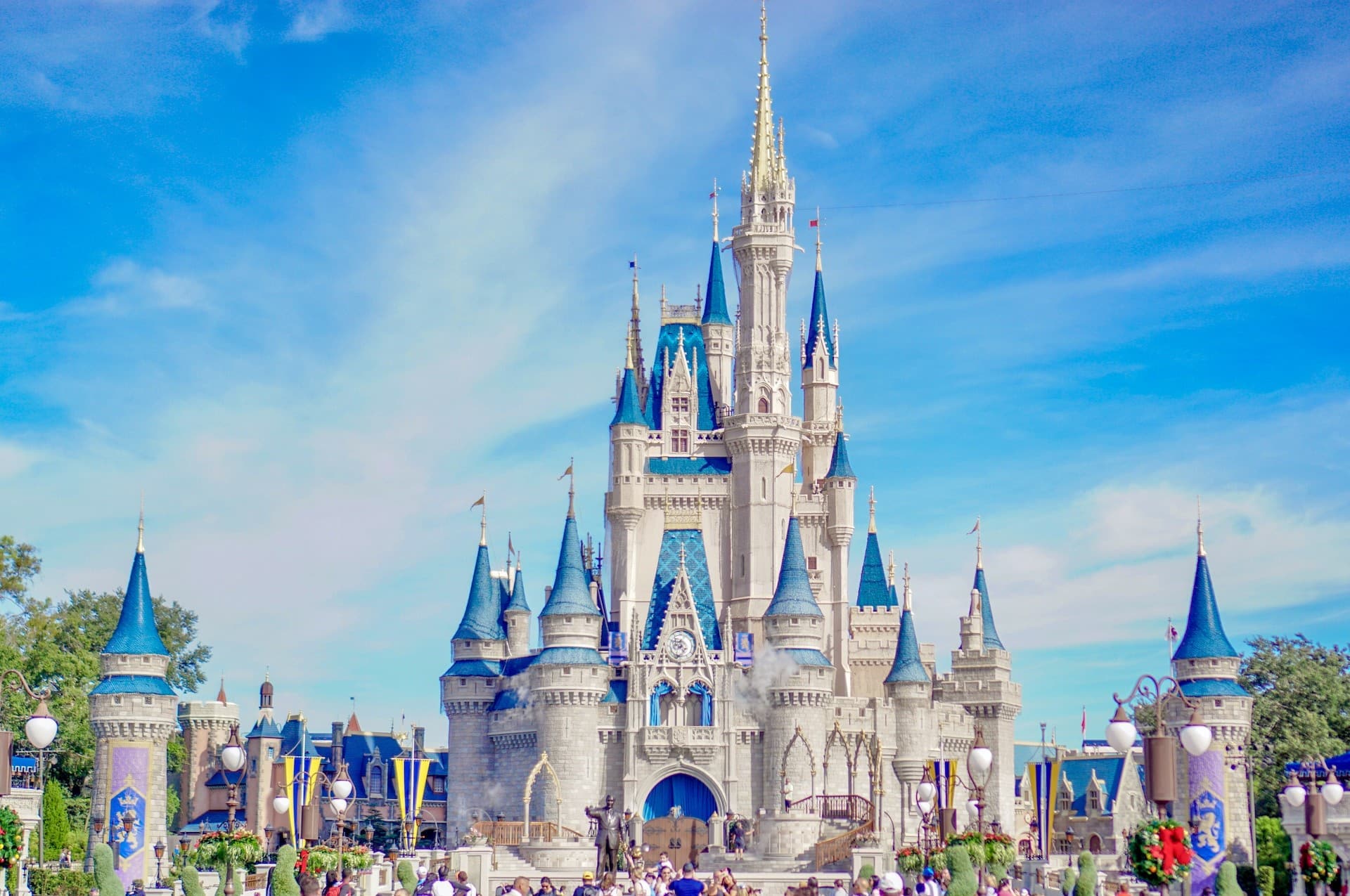
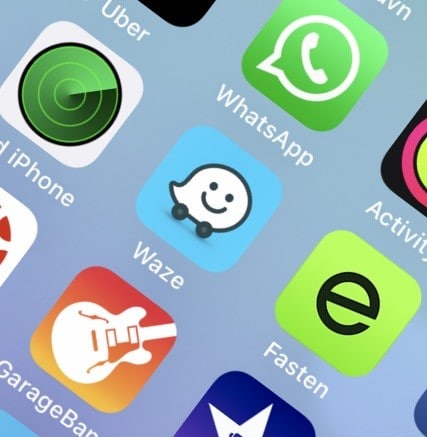

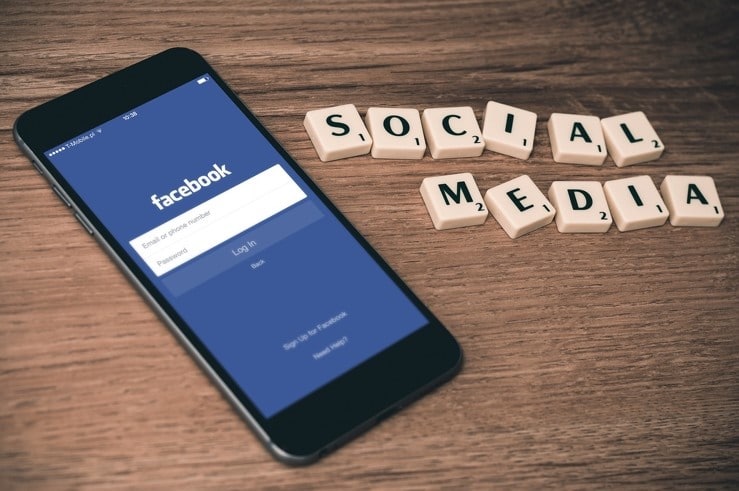



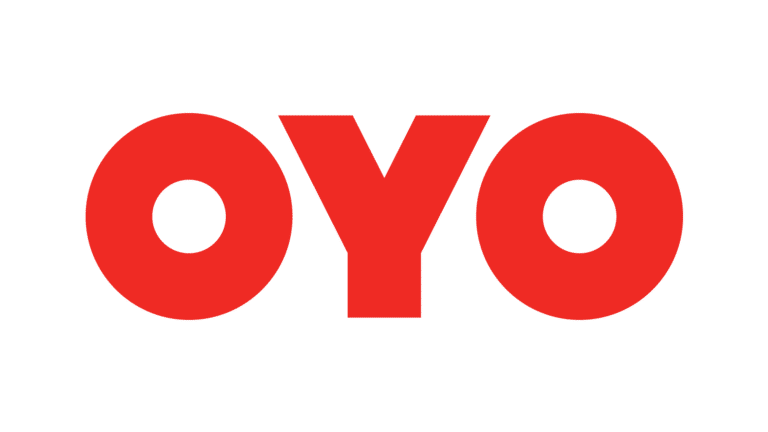
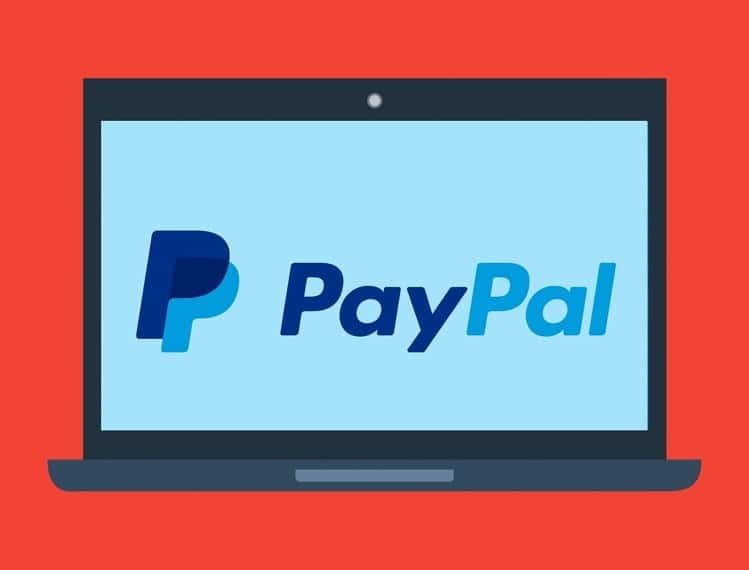


Add comment